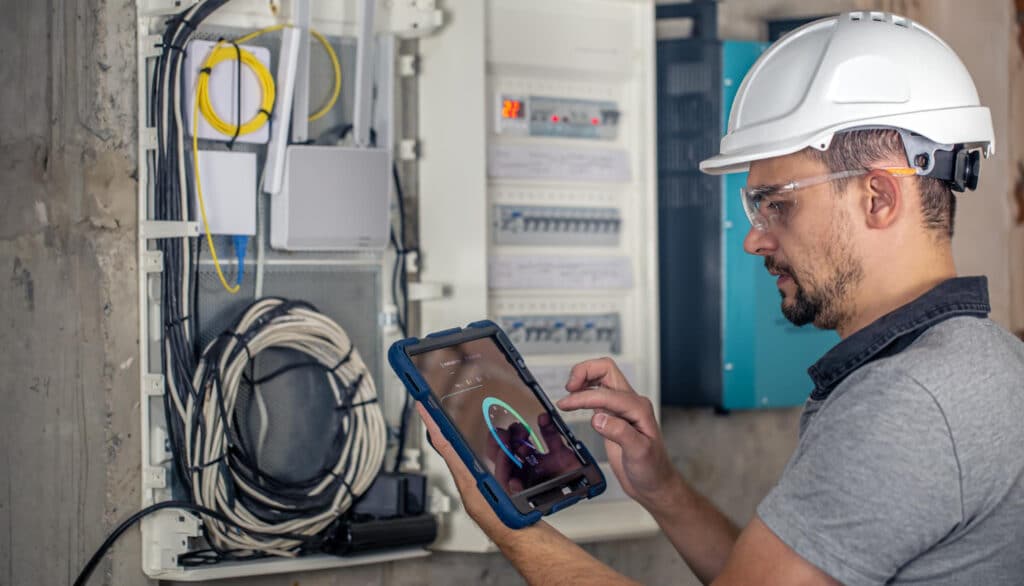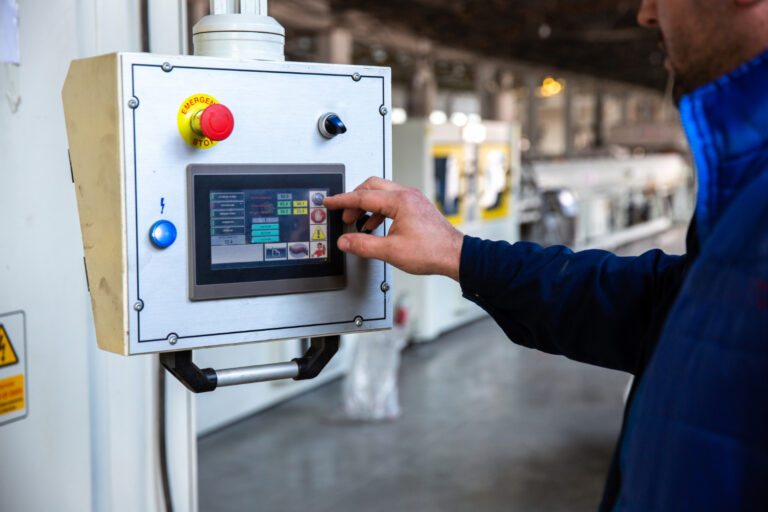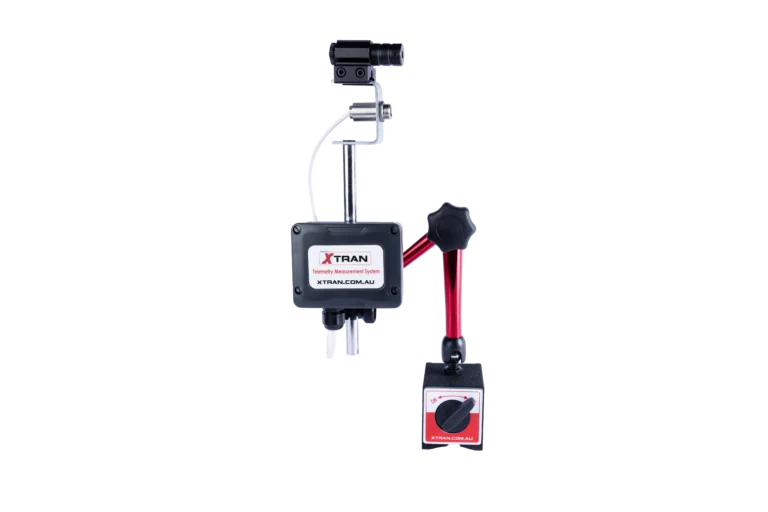Monday - Thursday 9AM - 5PM | Friday 9AM - 4PM
How to Choose the Right Telemetry for Your Measurement Application

Choosing the right telemetry system is essential for the accuracy, efficiency, and long-term success of any measurement application. Whether you’re monitoring industrial processes, collecting environmental data, or managing remote assets, your telemetry choice directly impacts data quality and operational performance.
In this guide, we’ll walk you through everything you need to know about selecting a telemetry solution that fits your specific needs from understanding the basics to evaluating vendors.
What Is Telemetry in Measurement Applications?
Telemetry refers to the automatic collection and wireless or wired transmission of data from remote locations to a central system for analysis and monitoring. In modern measurement systems, telemetry allows real-time data access, remote diagnostics, and informed decision-making across a wide range of industries.
Key Factors to Consider When Choosing a Telemetry System
Before selecting a telemetry solution, it’s important to assess the unique requirements of your application. Here are the most important factors to consider:
1. Data Transmission Requirements
- How much data do you need to transmit?
- How frequently is the data sent (e.g., real-time, hourly, daily)?
- What is the required data speed and bandwidth?
Applications such as industrial automation may require fast, continuous data streams, while others (like environmental sensing) may only need periodic updates.
2. Measurement Environment
Environmental conditions can impact telemetry performance. Consider:
- Distance between sensors and receivers
- Physical obstructions (walls, terrain, buildings)
- Interference from other electronic devices
These factors help determine whether you need a wired, wireless, or hybrid telemetry setup.
3. Accuracy and Resolution
Not all telemetry systems offer the same level of data granularity. Make sure your system can deliver the precision and resolution your measurements demand.
4. Power Consumption
If your application is in a remote or mobile location, you’ll need a low-power telemetry solution, possibly battery- or solar-powered. Power-efficient systems are crucial for uninterrupted data collection.
5. Scalability and Integration
Your telemetry system should scale easily and integrate seamlessly with:
- Existing infrastructure
- Legacy sensors
- Data analysis platforms (e.g., SCADA, cloud dashboards)
Choose a solution that won’t limit future growth.
Types of Telemetry Systems
Understanding the types of telemetry systems available will help you make a smarter decision:
Wired Telemetry
- High reliability and consistent data transmission
- More secure and less prone to interference
- May involve higher installation costs and limited range
Wireless Telemetry
- Ideal for remote or hard-to-reach locations
- Faster deployment and flexible setup
- Can face challenges with signal interference or coverage limits
Hybrid Telemetry Systems
- Combine wired and wireless technologies
- Useful for complex projects that span multiple environments
Common Use Cases for Telemetry in Measurement
Telemetry plays a crucial role in various sectors:
Industrial Monitoring
- Monitor flow rates, machine performance, and production metrics
- Improve uptime with real-time alerts and predictive maintenance
Environmental Data Collection
- Track temperature, humidity, water quality, and air pollutants
- Enables early warnings and compliance with environmental regulations
Remote Equipment Diagnostics
- Monitor health and usage of assets like pumps, turbines, and generators
- Reduce maintenance costs with fewer site visits
How to Evaluate Telemetry Vendors
Choosing the right vendor is as important as the system itself. Here’s what to look for:
1. Reliability and Support
- Ask about system uptime, service-level agreements, and customer support
- Look for real-world case studies and client testimonials
2. Security Features
- Ensure support for data encryption, secure authentication, and compliance standards (e.g., ISO, NIST)
3. Total Cost of Ownership
- Consider not just the initial price, but also:
- Installation costs
- Maintenance and calibration
- Upgrades and future expansions
Implementation Best Practices
Plan Your Deployment
- Define where sensors, gateways, and receivers will be placed
- Map out network coverage and integration touchpoints
Run Pilot Projects
- Test your telemetry system under real-world conditions
- Measure performance, data accuracy, and system compatibility
Schedule Maintenance
- Set regular checks, firmware updates, and sensor recalibrations
- Prevent data gaps and unexpected system failures
FAQs About Choosing the Right Telemetry
What are the main advantages of wireless telemetry?
Wireless telemetry systems offer flexibility, faster installation, and reduced cabling costs, making them ideal for remote or rugged environments.
How do I ensure telemetry system data is secure?
Choose solutions with:
- End-to-end encryption (TLS/SSL)
- Secure login protocols (e.g., 2FA)
- Vendor commitment to regular security patches and compliance
Can I upgrade my existing measurement system with new telemetry?
Yes. Many modern telemetry solutions are designed to integrate with legacy systems, but always verify compatibility before purchasing.
What are common mistakes when selecting telemetry systems?
- Underestimating data needs
- Ignoring environmental challenges
- Overlooking integration with existing infrastructure
Next Steps: Choose Telemetry That Works for You
The right telemetry system doesn’t just capture data it drives smarter decisions, reduces costs, and enhances reliability. Here’s what to do next:
- List your technical requirements
- Evaluate environmental challenges
- Compare telemetry vendors
- Request a demo or pilot project
Need expert guidance? Contact us for a consultation and let’s help you build the optimal telemetry solution for your measurement application.



